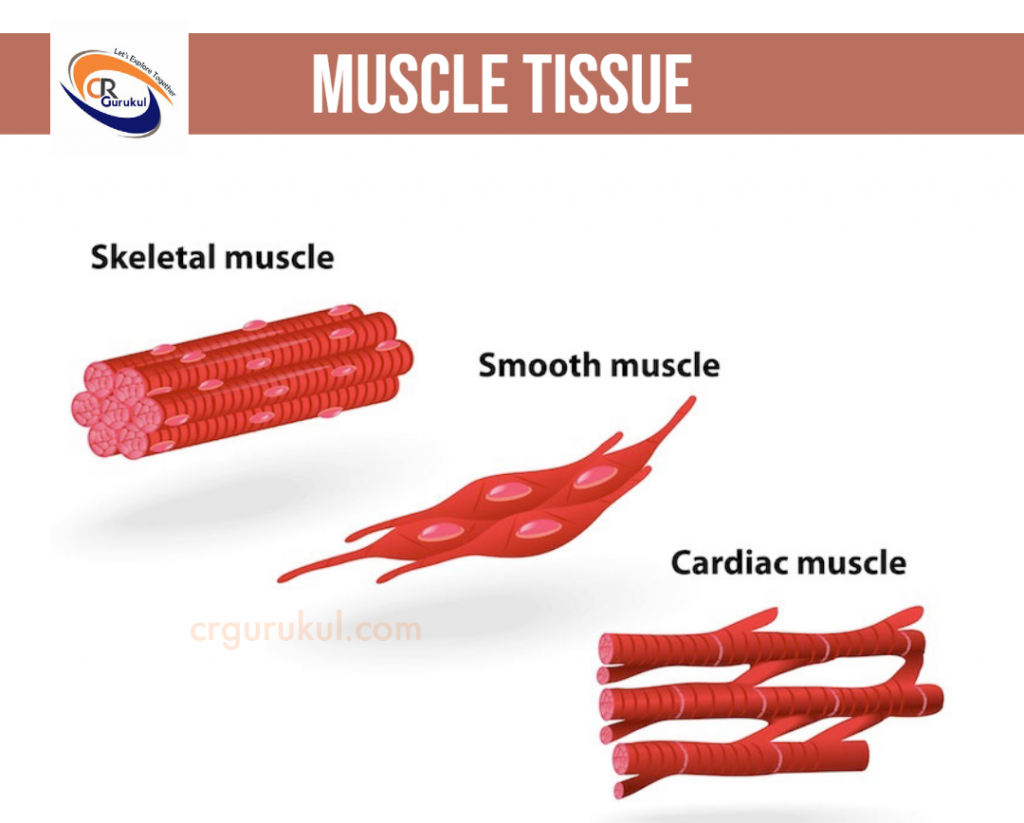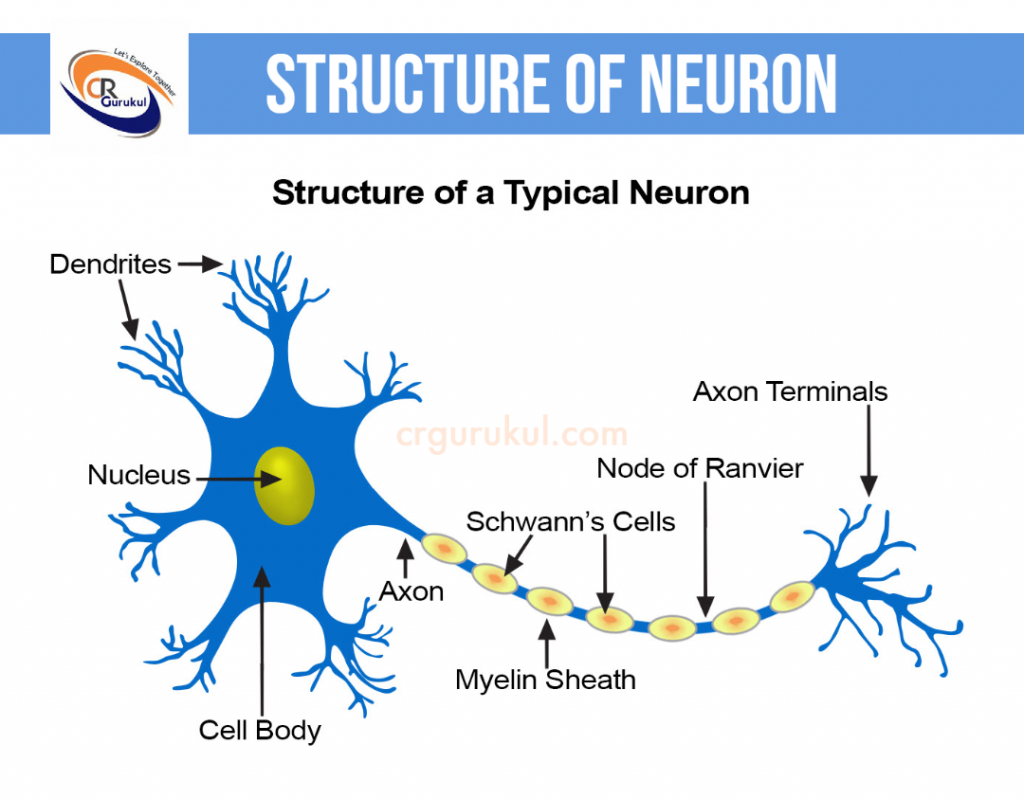If you are looking for your Class 9 Biology notes for Chapter 6 Tissues? then you are in the right place. I have mentioned all the important points related to your examination.
Level of body organization

- Organisms are of two different types, multicellular and unicellular organisms.
- In a unicellular organism, a single cell performs all the basic functions.
- But, in a multicellular organism, there are millions of cells, and most of these cells are specialized to carry out specific functions.
- In multicellular organisms, you can see the level of organization in both plants and animals.
Tissues

- Tissues1 are a group of cells having a similar origin, structure, and junction. The study of tissues is called histology2.
- In a unicellular organism (Amoeba), a single cell performs all the basic functions but in multiple organisms, there is a division of labor as plant tissues and animal tissues.
Plant Tissue

Plant tissues are of two types: Meristematic tissues and Permanent Tissue.
A. Meristematic Tissues

These tissues are having the power of cell division. It is found in that region of the plant which shows growth.
Types of Meristematic Tissue
- The Apical Meristematic: It is present at the growing tips of the stem and roots and increases the length.
- The Lateral Meristematic: It is present at the lateral side of the stem and roots (cambium) and increases the girth.
- The Intercalary Meristematic: It is present at internodes or the base of the leaves and increases the length between the nodes.
B. Permanent Tissues

- Permanent tissues are those cells that have lost their ability to divide but are specialized to perform a specific function.
- They offer elasticity, flexibility, and strength to the plant. These are divided into two types;
a. Simple Permanent Tissues.
b. Complex Permanent Tissues.
B.1 Simple Permanent Tissues
These are classified into the parenchyma, Collenchyma, and Sclerenchyma.

1. Parenchyma
- These are olive, polygonal cells with a big central vacuole.
- These are loosely packed and have large intercellular spaces.
- They form ground tissue and pith.
- Parenchyma comprising chloroplast are termed as Chlorenchyma. The function of Chlorenchyma is photosynthesis.
- Parenchyma comprising of big air voids is called Aerenchyma. The function of Aerenchyma is to provide buoyancy to the water plants.
- Some parenchymatous cells also function as storage chambers for starch, vegetables, and fruits.
2. Collenchyma
- These tissues provide mechanical support, flexibility and thickness at the corners.
- Thin intracellular spaces.
- Allows easy bending of different parts of the plant without break. (Class 9 Biology notes for Chapter 6)
3. Sclerenchyma
- These tissues make up the hard and still parts of the plant. They are made up of dead, long, and narrow cells.
- They almost have to do intracellular spaces and their walls are thick due to the presence of lignin.
- A common example of this is coconut husk.
B.2 Complex permanent tissues

Complex permanent tissues are made up of more than one type of cell. These cells coordinate to perform a common function. It is further subdivided into Xylem and Phloem.
1. Xylem
Xylem is made up of dead cells having a thick cell lining. Xylem is made up of the following components.
a. Xylem vessels and tracheids: It helps in the conduction of water and minerals from the soil.
b. Xylem parenchyma: It basically helps in food storage.
c. Xylem Fiber: It provides mechanical strength to the plant stem.
2. Phloem
Phloem is made up of living cells and it allows the movement of food from leaves to other parts of the plant. It has the following elements;
a. Sieve Tubes: These are broad-shaped cells with porous walls.
b. Companion cells: They facilitate the function of the sieve tubes.
c. Phloem fibers: It provides flexibility to the phloem.
d. Phloem parenchyma: Stores starch and protein.
Difference between Xylem and Phloem
| Xylem | Phloem | |
| Made of | Dead cells | Living cells |
| Cell wall thickness | Thick | Thin |
| Cell wall material | Lignin (rigid) | Cellulose |
| Permeability | Impermeable | Permeable |
| Cytoplasm | None | Cytoplasm lining |
| Transports | Water and minerals | Food |
| Carried to | Leaves | Growing parts and storage organs |
| Direction of flow | Upwards (Unidirectional) | Up and down (Bidirectional) |
| Tissues also have | Fibers | Companion cells |
ANIMAL TISSUE

1. Epithelial Tissues

It provides outer protection.
Squamous epithelium: It is a protective covering forming a continuous sheet. Simple epithelium is the one that is extremely thin in one layer. For example, Lining the mouth and esophagus.
Cuboidal epithelium: It is present in the lining of the kidney and tubules and salivary glands. For Example; Kidney tubules and salivary gland.
Columnar epithelium: It is present in the intestinal and columnar epithelium with cilia in the lining of the respiratory tract. For example, the Lining of the respiratory tract.
Stratified Squamous epithelium: The skin which protects the body, is also made of squamous epithelium. Skin epithelial cells are arranged in many layers to prevent wear and tear. Since they are arranged in patterns of layers, the epithelium is called Stratified Squamous Epithelium.
Glandular Epithelium: Glandular epithelium, also known as glandular tissue, refers to a type of epithelial tissue involved in the production and release of different secretory products, such as sweat, saliva, breast milk, digestive enzymes, and hormones, among many other substances.
Ciliated Epithelium: Ciliated epithelium performs the function of moving particles or fluid over the epithelial surface in such structures as the trachea, bronchial tubes, and nasal cavities.
2. Muscular Tissues

It allows the movement of the body due to the presence of contractile protein.(Class 9 Biology notes for Chapter 6)
a. Smooth muscle
Unstriated
Involuntary
Uninucleated
Unbranched
b. Skeletal muscle
Striated muscles
Voluntary
Cylindrical, multinucleated
Unbranched
c. Cardiac
Heart muscles
Involuntary
Uninucleated
Branched
3. Nervous Tissue

Nervous tissue, also called neural tissue, is the main tissue component of the nervous system. The nervous system regulates and controls bodily functions and activity.
4. Connective Tissue
Body tissue that provides support, protection, and structure to other organs and tissues. Connective tissue is also responsible for storing fat, transporting nutrients, and repairing damaged tissue. The connective tissue consists of fibers and cells.
Also read:
Type of medical scribe: In-house vs virtual medical scribe. Which one is better?
What does a clinical research coordinator do? What is their pay scale?
What does a clinical trial assistant do? What is their pay scale?

